Growth in Sports Nutrition
The burgeoning sports nutrition segment significantly influences the Protein Hydrolysates Market. Athletes and fitness enthusiasts are increasingly turning to protein hydrolysates for their rapid absorption and muscle recovery benefits. Market analysis suggests that the sports nutrition sector is expected to reach USD 45 billion by 2026, with protein hydrolysates playing a crucial role in this expansion. This growth is driven by the rising popularity of fitness activities and the demand for high-quality protein sources. As a result, the Protein Hydrolysates Market is poised to capitalize on this trend, catering to a diverse range of consumers seeking performance-enhancing nutrition.
Expansion of Nutraceuticals Market
The rapid expansion of the nutraceuticals market is a crucial driver for the Protein Hydrolysates Market. As consumers increasingly prioritize preventive healthcare and wellness, the demand for nutraceutical products containing protein hydrolysates is on the rise. These ingredients are often incorporated into dietary supplements and functional foods, appealing to health-conscious individuals. Market projections suggest that the nutraceuticals sector could reach USD 500 billion by 2027, with protein hydrolysates playing a vital role in this growth. This trend indicates a promising future for the Protein Hydrolysates Market, as it aligns with the broader shift towards health-oriented consumer choices.
Rising Demand for Functional Foods
The increasing consumer inclination towards functional foods is a pivotal driver for the Protein Hydrolysates Market. As individuals become more health-conscious, they seek products that offer additional health benefits beyond basic nutrition. Protein hydrolysates, known for their enhanced digestibility and bioavailability, are increasingly incorporated into functional food formulations. This trend is reflected in the market data, which indicates a projected growth rate of approximately 7% annually in the functional food sector. Consequently, the Protein Hydrolysates Market is likely to experience a corresponding surge in demand as manufacturers respond to consumer preferences for health-enhancing ingredients.
Increasing Prevalence of Food Allergies
The rising incidence of food allergies and intolerances is a significant driver for the Protein Hydrolysates Market. As consumers seek hypoallergenic protein sources, protein hydrolysates derived from various sources, including whey and soy, are gaining traction. These hydrolysates are often easier to digest and less likely to trigger allergic reactions, making them appealing to sensitive consumers. Market Research Future indicates that the demand for hypoallergenic products is expected to grow at a rate of 8% annually. This trend presents an opportunity for the Protein Hydrolysates Market to cater to a growing segment of the population seeking safe and nutritious protein options.
Technological Advancements in Processing
Technological innovations in the processing of protein hydrolysates are transforming the Protein Hydrolysates Market. Advances in enzymatic hydrolysis and membrane filtration techniques have improved the efficiency and quality of protein hydrolysate production. These technologies enable manufacturers to create customized protein profiles tailored to specific applications, such as dietary supplements and functional foods. The market data indicates that the adoption of these advanced processing methods is likely to enhance product offerings and expand the consumer base. Consequently, the Protein Hydrolysates Market stands to benefit from these advancements, as they facilitate the development of high-quality, versatile protein ingredients.
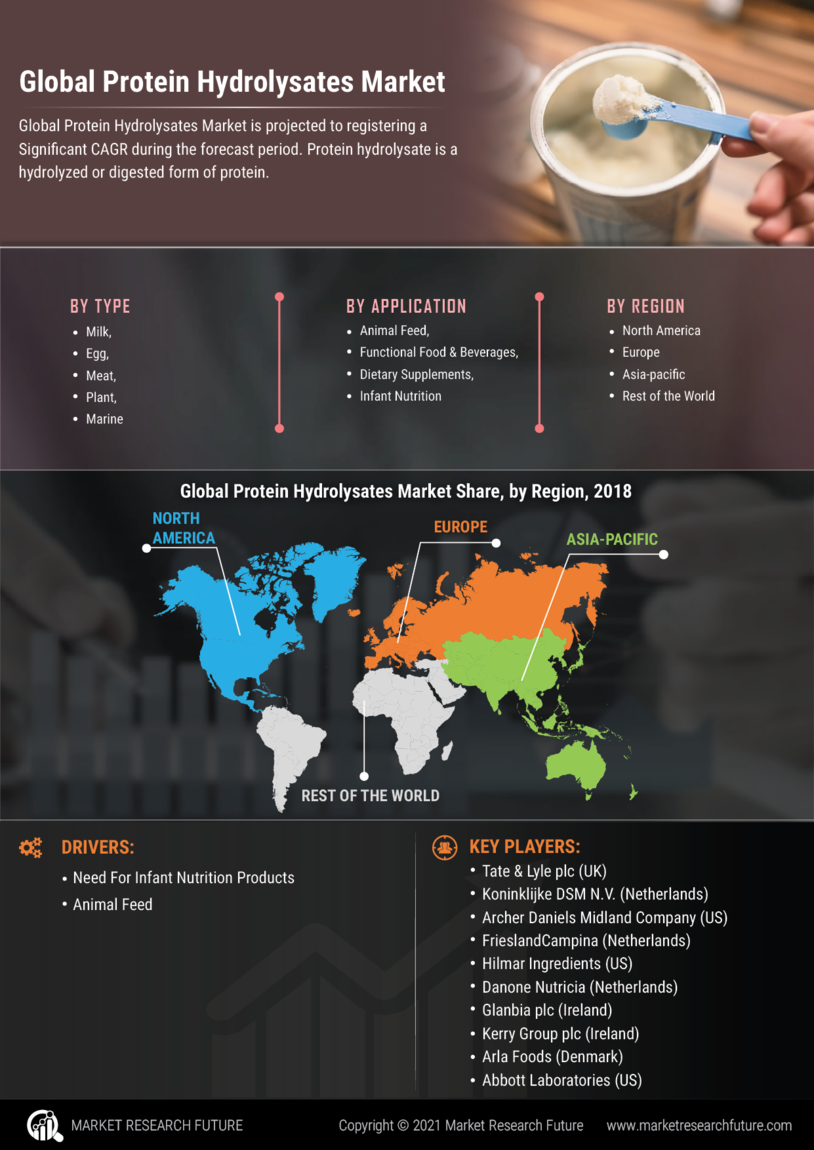

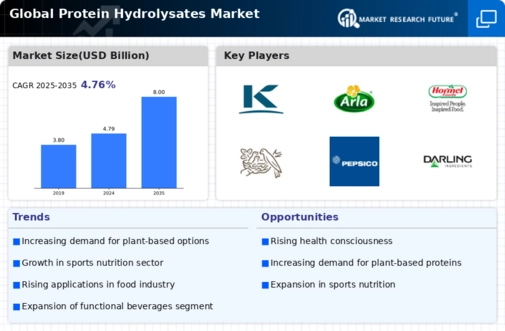

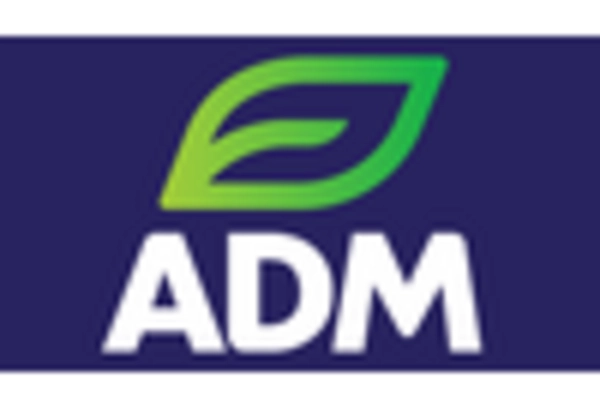

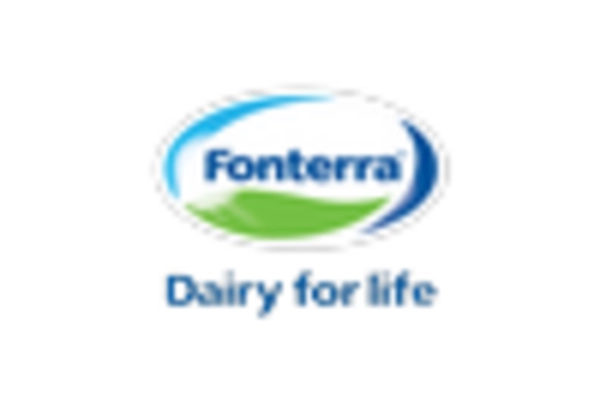


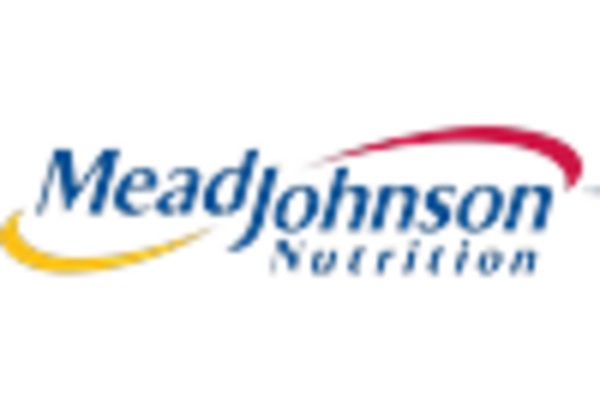








Leave a Comment